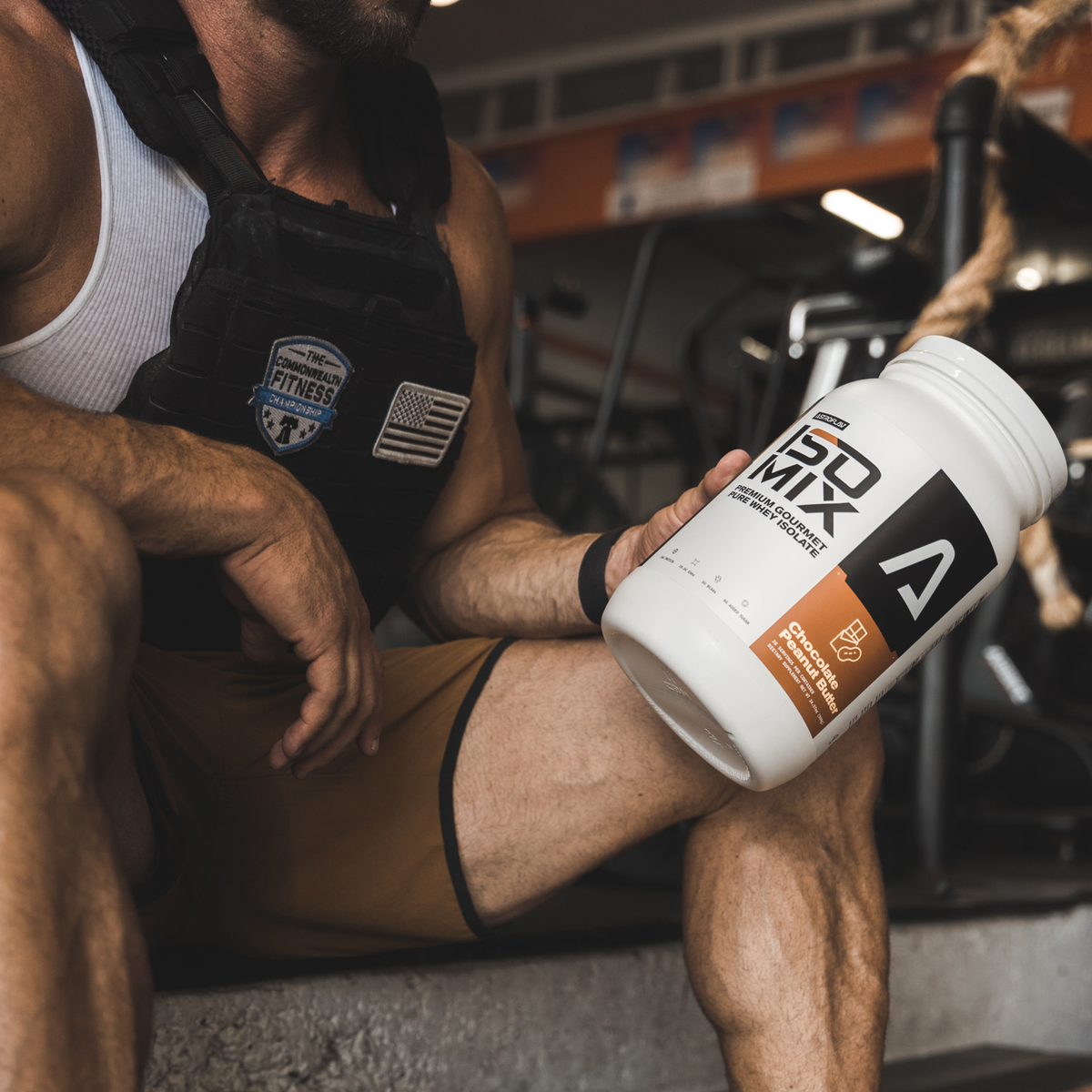
Bobby Cox: Complete Guide On How To Train For An Ironman
Understanding how to prepare for an Ironman is challenging. Training for an Ironman involves more than just numerous swimming, biking, and running sessions—it comprises many intricate components. That said, 140.6 miles of swimming, biking, and running, can seem like a daunting challenge. To help you prepare, we have put together a comprehensive guide using AstroFlav athlete, Bobby Cox. This guide provides essential information, structured training plans, and practical tips to support you through each stage of your training, ensuring you are well-equipped to tackle the race with confidence! Keep scrolling to learn more!
Ironman: What is it?
An Ironman is one of the most grueling and prestigious endurance races in the world, consisting of a 2.4-mile swim, a 112-mile bike ride, and a 26.2-mile marathon run, completed in that order without a break.
This triathlon event tests the limits of physical and mental endurance, demanding a high level of fitness, resilience, and determination from its participants.
Preparing for an Ironman is crucial because it ensures that athletes are physically and mentally ready to tackle the race's immense challenges. Thorough preparation ultimately increases the likelihood of successfully completing the Ironman and achieving personal goals.
Below is a detailed list of athlete, Bobby Cox's approach on how he plans to enter his first Ironman.

Understanding an Ironman:
Understanding what an Ironman entails is essemtial for effective preparation and successful completion of the race. Knowing the specific distances involved in the swim, bike, and run segments helps athletes design appropriate training programs that build the necessary endurance and skills.
Additionally, familiarity with the race format and demands allows competitors to develop tailored nutrition, hydration, and pacing strategies, ensuring they can sustain their energy levels and perform optimally throughout the event. Recognizing the mental and physical challenges of an Ironman also prepares athletes to tackle the race with confidence and resilience.
Swim (2.4 miles / 3.86 km):
The race begins with a swim, often in open water such as a lake, river, or ocean. This segment requires not only swimming endurance but also the ability to navigate in open water and handle the conditions, which can vary from calm to choppy.
Bike (112 miles / 180.25 km):
Following the swim, athletes transition to the cycling portion. This leg requires significant strength, stamina, and strategic energy management. Cyclists must be prepared for varying terrains, weather conditions, and the challenge of maintaining speed while conserving energy for the run.
Run (26.2 miles / 42.20 km):
The final segment is a marathon run. After swimming and biking such long distances, running a marathon requires exceptional endurance, mental fortitude, and pain management. This part of the race often determines the final outcome, as it is where many athletes hit their physical and mental limits.
Ironman Training Tips from Bobby Cox:
1. Trust the Process and Avoid Overtraining
Overtraining can lead to burnout and injuries, undermining your progress. Allow your body to gradually adapt to the increasing training volume over an extended period. Consistency and patience are key to building the necessary endurance.
2. Refuel Properly
Nutrition is critical, especially if you’re new to this level of training. You’ll be burning over 10,000 calories a week solely from Ironman training, making it challenging to gain weight. Ensure you’re eating enough to fuel your workouts and recovery. Prioritize a balanced diet that supports your high energy expenditure.
3. Prioritize Recovery
Recovery is arguably the most important aspect of Ironman training. Adequate sleep is vital; if sleep could be packaged as a supplement, it would be the most effective one available. Quality rest allows your body to repair and strengthen, preparing you for the next training session.
4. Stay Prepared
Preparation is crucial. Your training schedule should be a top priority each week. Plan ahead, particularly for weekend sessions. With three sports to train for, there are many technical aspects to manage, especially in swimming and biking. Ensure your equipment is in top condition and ready for use. Running is simpler, but the technical demands of cycling and swimming require careful attention.
5. Maintain Balance
Balancing training with personal life can be challenging, but good preparation helps. Scheduling your workouts early in the morning, especially long sessions like an 80-mile bike ride, can free up the rest of your day for family and friends. Prioritize sleep and early starts to maximize your productivity and leisure time.

Conclusion
"I am a rookie when it comes to this triathlon stuff but can still go on for hours about this training. Those are just some of my favorites when it comes to training," says Bobby. Successfully training for an Ironman requires a multifaceted approach encompassing trust in the process, proper nutrition, dedicated recovery, meticulous preparation, and balanced time management.
By avoiding overtraining, you protect your body from burnout and injuries, allowing for consistent progress. Proper fueling ensures you have the energy needed to sustain high-intensity workouts, while prioritizing recovery, particularly through adequate sleep, supports your body’s repair and growth. Staying prepared with a well-planned training schedule and maintaining your equipment, especially for swimming and biking, keeps you ready for each session.
Balancing your training with personal life by planning early morning workouts helps maintain harmony between your athletic goals and other commitments. Adhering to these principles will enhance your performance, increase your endurance, and bring you closer to achieving your Ironman goals!
Bobby Cox's Top Picks:




